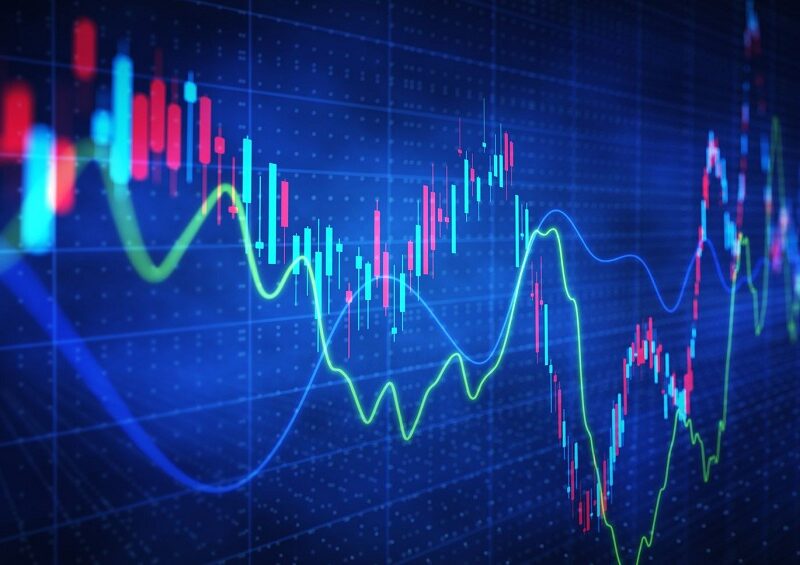In today’s fast-paced financial markets, traders have a plethora of options when it comes to online indices trading. Two popular instruments for trading indices are Exchange-Traded Funds (ETFs) and futures contracts. Both offer unique advantages and disadvantages, making it crucial for traders to understand the critical differences between them before deciding which suits their trading needs. In this blog, we will delve into the world of ETFs and futures, explore their characteristics, provide insights into effective trading strategies, and find a regulatory trading environment at an indices trading platform.
Understanding ETFs
Exchange-traded funds, or ETFs, are investment funds that trade on stock exchanges, similar to individual stocks. They are designed to track the performance of specific indices, such as the S&P 500 or the Nasdaq. Here are some critical characteristics of ETFs:
- Liquidity: ETFs are highly liquid, making it easy for traders to buy and sell shares throughout the trading day at market prices.
- Diversification: ETFs expose a broad range of assets within a particular index, spreading risk for investors.
- Cost-Efficiency: ETFs generally have lower fees than mutual funds, making them more cost-effective for long-term investors.
- Tax Efficiency: ETFs often have tax advantages due to their structure, which can benefit tax-conscious investors.
Understanding Futures
Futures contracts, on the other hand, are financial derivatives that obligate the buyer to purchase and the seller to sell an underlying asset, such as a stock index, at a predetermined price on a specific future date.
- Leverage: Futures offer high power, allowing traders to control a more prominent position size with a relatively small capital.
- Expiration Dates: Futures contracts have set expiration dates, which means they are unsuitable for long-term investors. Traders must roll over or close positions before the expiry date.
- Speculation and Hedging: Futures can be used for speculative trading and hedging purposes, making them versatile tools for traders and investors.
- Mark-to-Market: Daily mark-to-market settlements can result in significant profits or losses, adding an element of risk management.
Differences Between ETFs and Futures for Online Indices Trading
When it comes to online index trading, understanding the differences between ETFs and futures is essential for making informed decisions. Here are some notable distinctions:
- Trading Hours: ETFs trade during regular market hours, while futures have extended trading hours, allowing traders to react to global events outside standard trading times.
- Initial Capital Requirements: ETFs generally require less initial capital to start trading, making them accessible to a broader range of investors.
- Leverage: As mentioned earlier, futures offer higher leverage, making them attractive to more aggressive traders and carrying more elevated risk.
- Dividends and Interest Costs: ETFs may involve dividend payments and interest costs, which can affect the overall return, whereas futures are not subject to these factors.
Risk and Risk Management
Risk management is a crucial aspect of successful index trading, regardless of whether you choose ETFs or futures.
- Diversification: In ETF trading, diversify your portfolio by investing in various asset classes and sectors. In futures trading, spreading risk by trading multiple contracts can help balance your exposure.
- Stop-Loss Orders: It is crucial to implement stop-loss orders when trading futures, particularly due to their high leverage, in order to limit potential losses.
- Risk-Reward Ratio: Maintaining a favorable risk-reward ratio is crucial for successful trading. Carefully assess your potential profit relative to the risk you’re taking.
Trading Strategies for Indices Trading in SA
South Africa, with its vibrant financial markets, offers numerous opportunities for index trading. Some popular trading strategies for indices trading in SA market include:
- Trend Following: Identify and follow prevailing market trends, whether through moving averages or other technical indicators.
- Pairs Trading: Simultaneously buy and sell related indices or ETFs to capitalise on relative price movements.
- News and Event Trading: Stay informed about local and global events that can influence South African indices and make strategic trades based on news releases.
- Options Trading: Explore options strategies to gain exposure to indices while managing risk.
Trading in the Regulatory Environment
Trading in a regulatory environment, mainly through an indices trading platform, is essential for investor protection and market integrity. South Africa’s Financial Sector Conduct Authority (FSCA) oversees the regulatory framework, ensuring transparency and fairness. When engaging in index trading in South Africa, it’s imperative to choose an online trading brokerage platform like Banxso that operates within these regulations. This not only safeguards your investments but also guarantees a secure and regulated trading experience, promoting trust and confidence in the financial markets.

